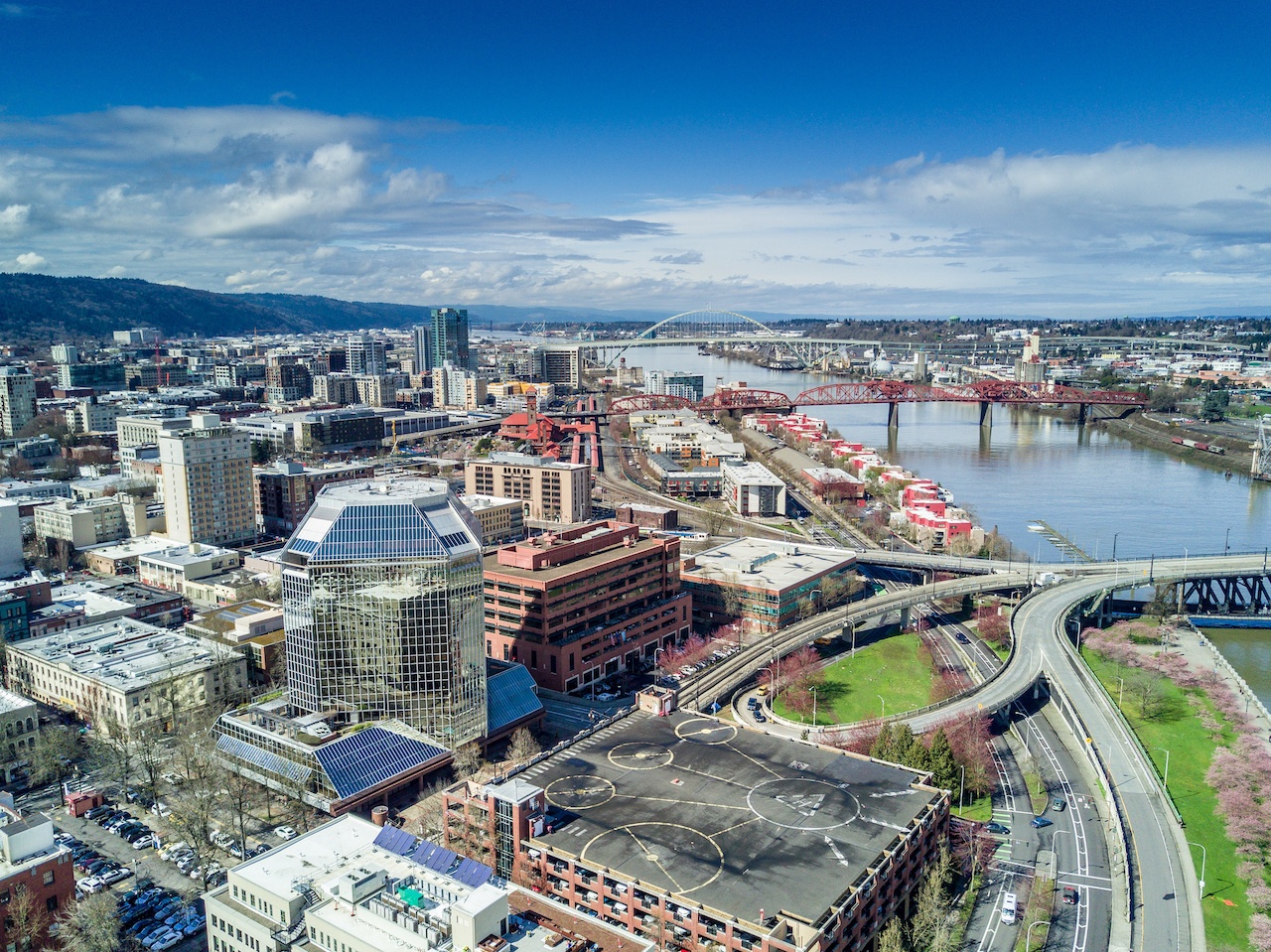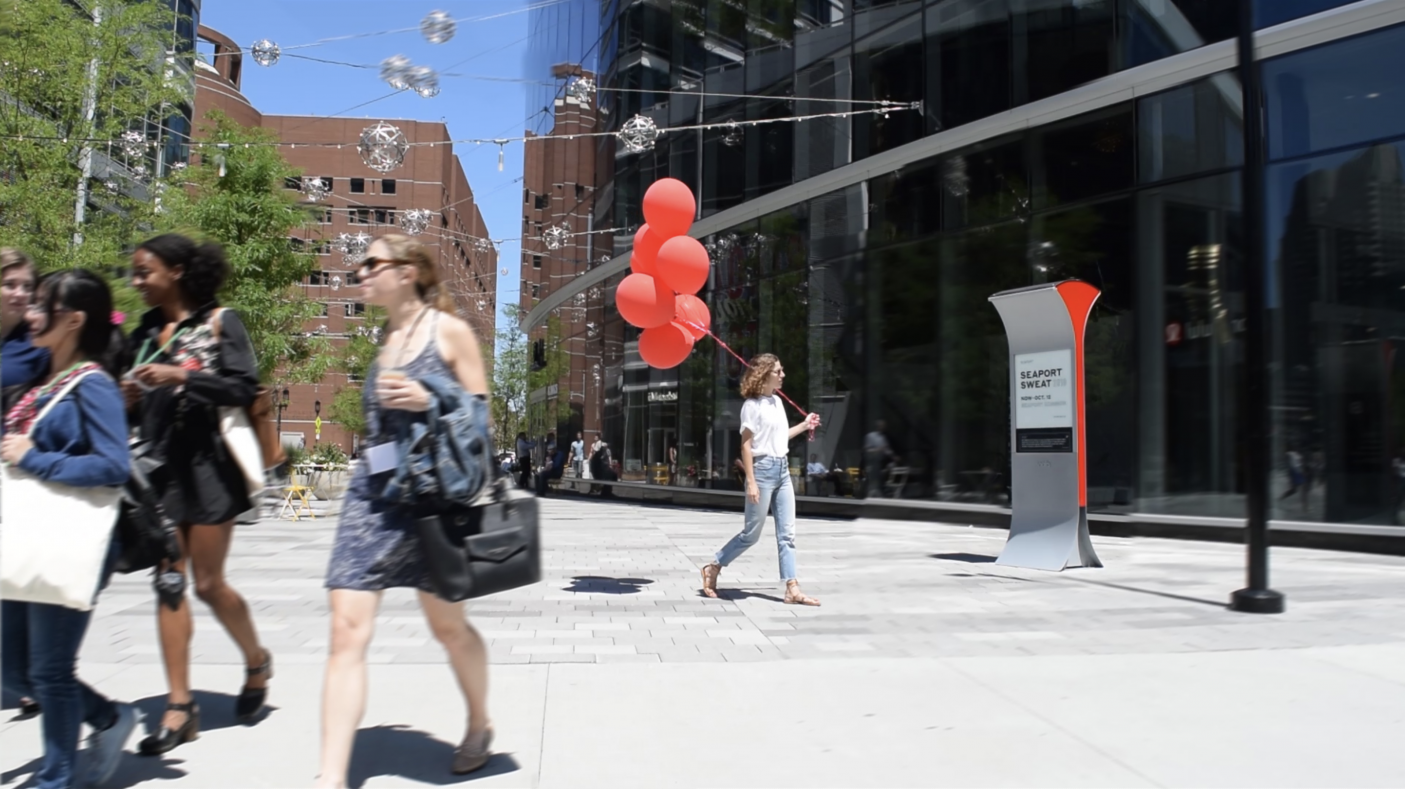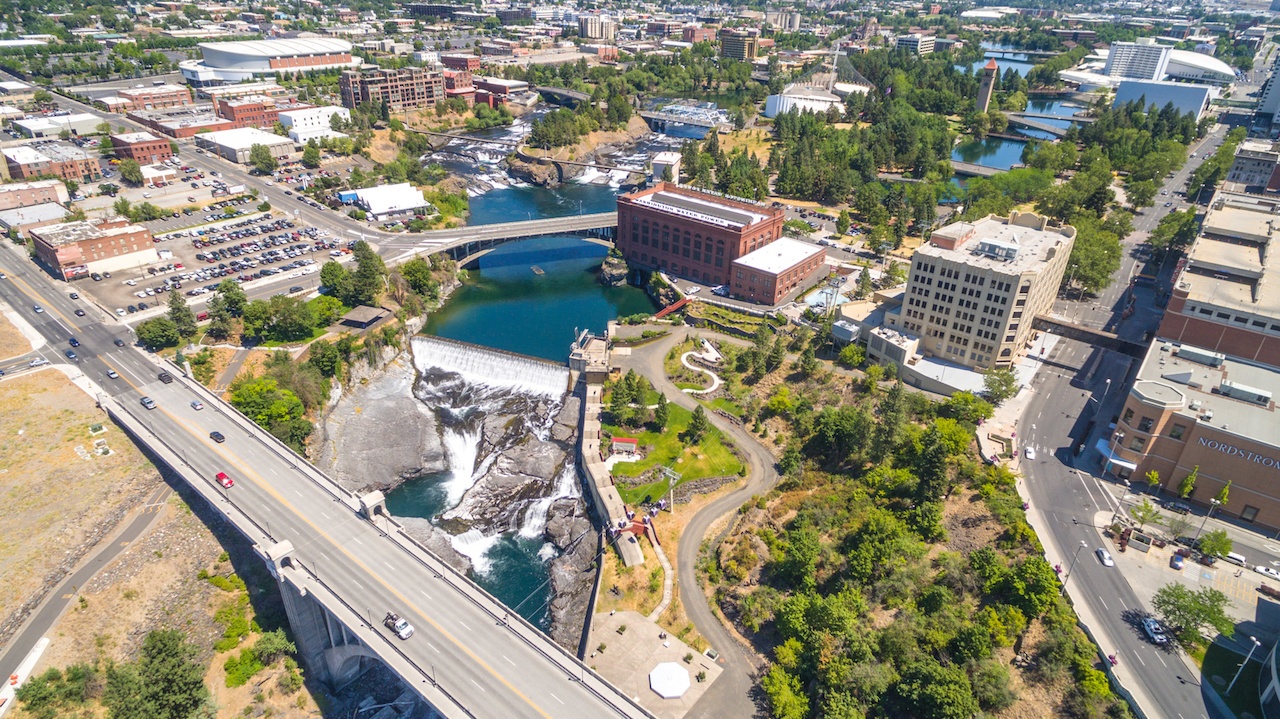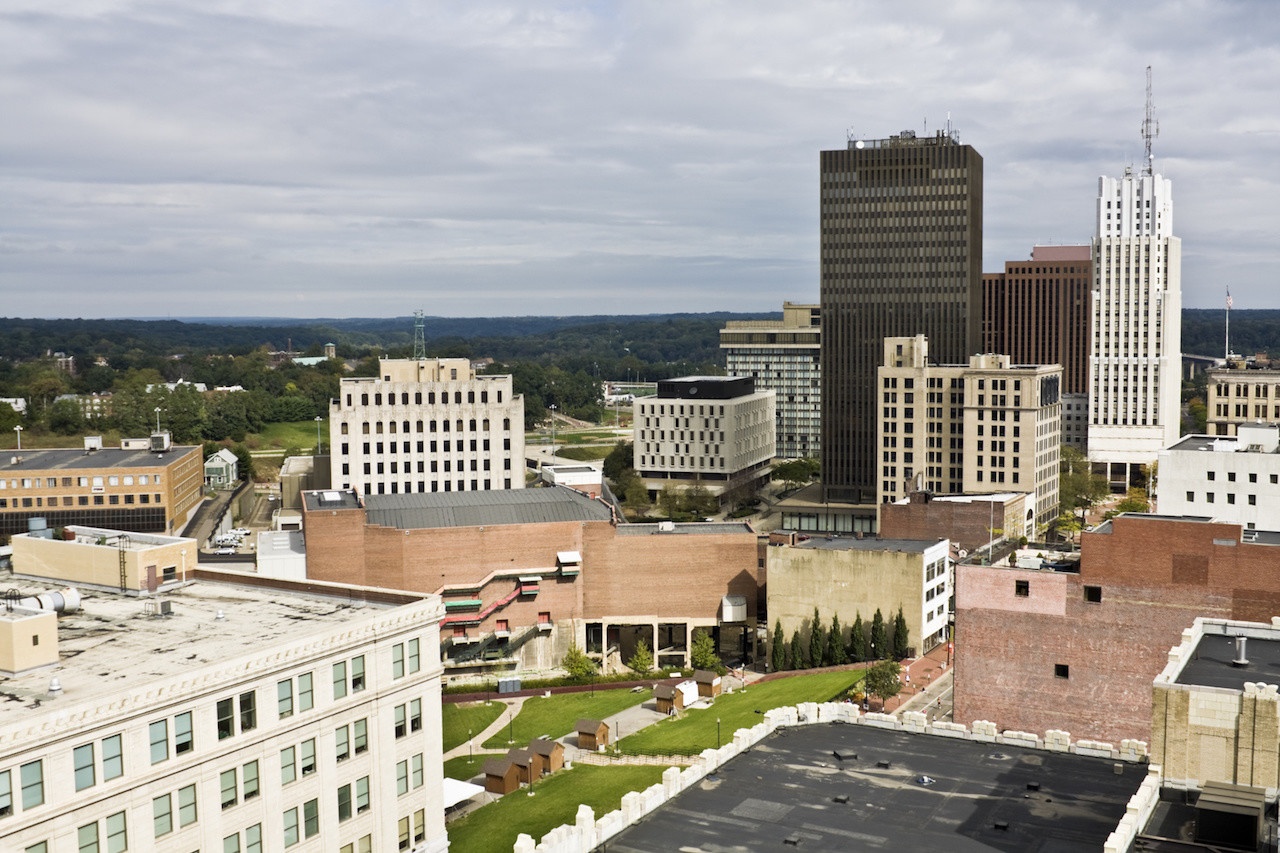Governance
A broad category of content focused on governance in cities.
Examples: Urban policy, justice, municipal services
California’s 2018 Climate Action Breakthrough
The 40-million people of California are not only growing the world’s fifth largest economy, they are accelerating the transition to use 100 percent renewables in less than 30 years. Recent success, shows that reaching 60 percent renewables for energy will be achieved and an enormous win for slowing global warming, improving health, efficient economy. Beyond 60 percent, there are several paths to carbon neutrality.
The VW Scandal Leads to a Path to Healthier Cities
The U.S. Environmental Protection Agency and the Federal Trade Commission filed a civil complaint against Volkswagen that claimed the automaker installed software in some of its diesel models that enabled emissions controls only when the vehicles were being tested. This software resulted in greater vehicle performance on the road, but also an average on-road emissions nine to 38 times the U.S. limit, which is equivalent to those of a tractor-trailer.
The complaint resulted in a settlement whereby Volkswagen agreed to spend $14.7 billion, a U.S. record for an environmental protection action. These funds are divided into three parts.
Change the Rules of Housing and Let Tiny Houses & ADUs Flourish
Right-sized living is far from a new idea. The architect Le Corbusier was a pioneer, from his cabanon at the Cote d’Azur to the super-efficient and well-designed density of Unite d’Habitation. This was a good idea then, as it is now. This is a classic case of the importance of the underlying rules of the game – the land use regulations, zoning, and building codes that guide our built environment. These more technical matters aren’t nearly as sexy as the shelter porn in Dwell magazine. But you can’t have one without the other.
How Community-Funder Collaboratives Can Build Regional Power
Foundations are notorious for creating their own funding strategy without any guidance from the communities they seek to support, imposing their strategy on grantees, and expecting them to achieve pre-determined outcomes that support those strategies. Within the Collaborative, we ask that funders listen to and trust the grassroots leaders and organizations, who we know are best positioned to propose the most effective solutions for their communities.
Building a ‘Greenfields’ Smart City in Australia
The Sunshine Coast is growing from a series of regional villages and towns, with a large beautiful rural hinterland, to a mature urban decentralised city-state region. To complete the transition to a modern 21st century “city”, the region required a contemporary urban city centre built on digital foundations.
3 Key Strategies for Successful Civic Engagement Using Technology
The idea of multi-channel civic engagement and the role of the grassroots community marketer is being implemented by forward-thinking smart city leaders who understand the importance—and economic benefits—of giving their constituents a voice. More investments are being made into digital systems that reach and engage the public.
Uber’s Mobility Dream Might Be a Consumer Nightmare
In the long run, even the largest, most powerful cities will struggle to rein in sophisticated global mobility companies. Thoughtful regulation at the state and federal level will eventually be necessary. Cities are becoming more active in setting policy for emerging services like bikes and scooters, and can incorporate thoughtful requirements in their license schemes. There are steps that government can take today to avoid some of the worst long-term risks.
Smart City Initiatives and Community Engagement in Spokane
Public acceptance, of course, is critically important for smart city implementation. More and more, our expenditures on public infrastructure will need to include technology investments in fiber, sensors, and other equipment. Our citizens also need to get comfortable with what information will be collected and what will be shared and how.
Financing Resilience: How Environmental Impact Bonds Can Help Louisiana
Through EDF’s long history of working in Louisiana to protect and restore land and habitat, we saw that financing coastal resilience projects would be a key challenge for Louisiana. With climate change, other states and communities are also struggling to find funding that would allow them to adapt to rapidly changing coastal conditions. With this realization, EDF’s team partnered with Quantified Ventures, an impact investing consulting firm, to explore a key question: can innovative financing through an Environmental Impact Bond help bring much-needed capital to restoration or other coastal resilience projects, and quickly?
Fostering Trust by Reimagining our Shared Public Spaces
Akron Civic Commons launched in 2016 as a demonstration project of Reimagining the Civic Commons. After selecting Summit Lake as one of the sites for reinvestment, we immediately recognized that one of the greatest challenges to the work was overcoming decades of broken promises. There was a legacy of things being done to the community, not with them, and a healthy skepticism and mistrust of government and community organizations. If we wanted to do this work, it was imperative that we restore trust as part of the process.
Government Transparency is Key to Valuable Community Partnerships
The Sunlight Foundation is investigating how open data can inspire community action around issues that matter to residents.
How to Create Successful Distributed Generation Programs
Market rules and regulations must be clear, simple, and visible to all market participants. They should allow for fair competition and for reasonable returns on investment. This way, sellers and buyers are encouraged to make investments.












